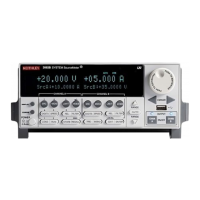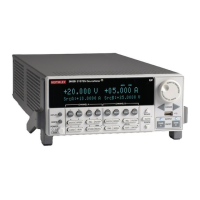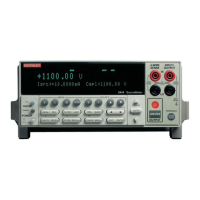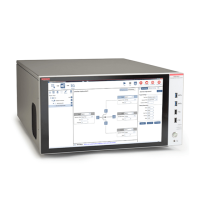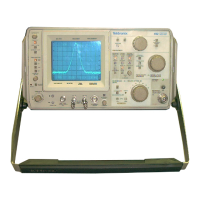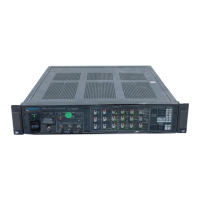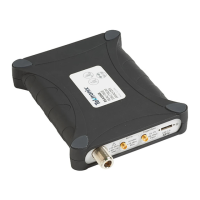Connecting multiple USB instruments to the computer
The most convenient way to connect USB instrumentation to the computer is to plug a USB cable
directly from the instrument to the computer. If you have more than one USB instrument or have other
USB devices, such as printers, keyboards, and mice, you might not have enough USB connectors on
the computer.
To gain more ports, you can use a USB hub or add more USB controller cards if you have available
PCI or PCI Express slots.
LAN communications
You can communicate with the instrument using a local area network (LAN). The 2601B-PULSE can
connect directly to a host computer or interact with a DHCP or DNS server and other LXI-compliant
instruments on a local area network (LAN). The LAN interface can be used to build flexible test
systems that include web access. This section provides an overview of LAN communications for the
2601B-PULSE.
When you connect using a LAN, you can use a web browser to access the internal web interface of
the instrument and change some of the instrument settings.
There is one LAN port, which is on the rear panel of the instrument, that supports full connectivity on
a 10 Mbps or 100 Mbps network. The 2601B-PULSE automatically detects the speed.
The 2601B-PULSE also supports Multicast DNS (mDNS) and DNS Service Discovery (DNS-SD),
which are useful on a LAN with no central administration.
Contact your network administrator to confirm your specific network requirements before setting up a
LAN connection.
If you have problems setting up the LAN, refer to LAN troubleshooting suggestions (on page 2-25).
The 2601B-PULSE is a Version 1.5 LXI Device Specification 2016 compliant instrument that supports
TCP/IP and complies with IEEE Std 802.3 (ethernet).
LAN cable connection
The 2601B-PULSE includes two LAN crossover cables. One cable is intended for use with the
TSP-Link
®
network and the other cable is intended for use with the LAN.
However, you can use any standard LAN crossover cable (category 5e, RJ-45, male-to-male) or
straight-through cable to connect your equipment. The instrument automatically senses which cable
you have connected.
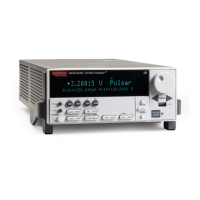
